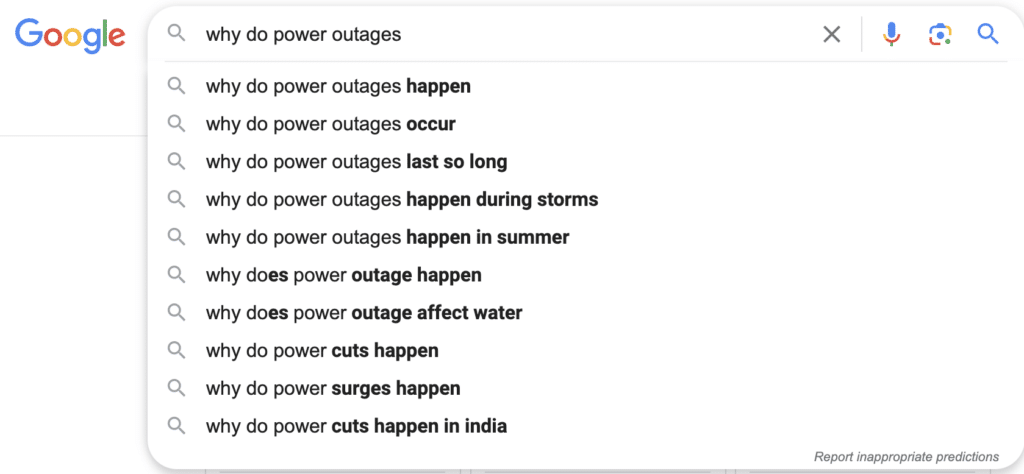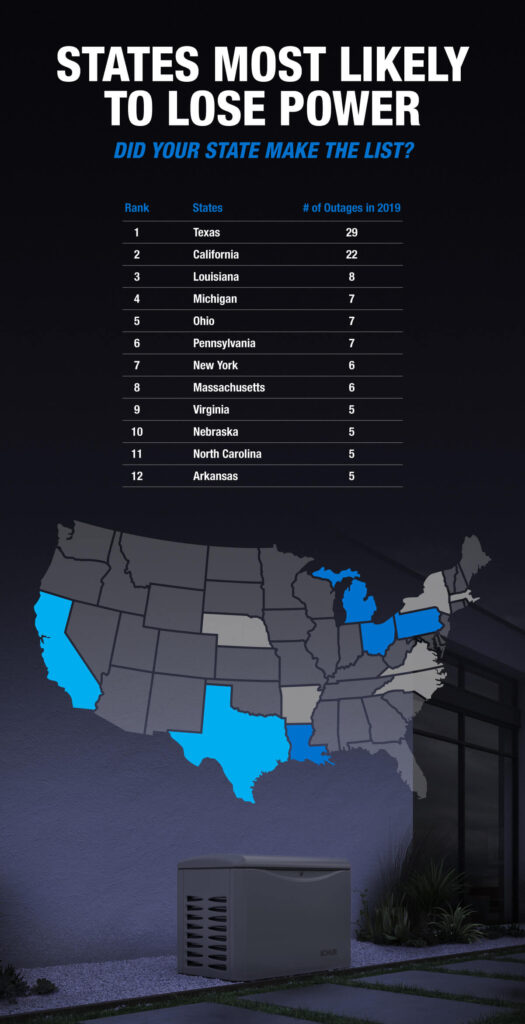
Lose the Snooze: How to Make Boring Topics Come to Life

Every writer has experienced it: a task comes to their inbox, and they wonder how they’re going to pull it off because the topic seems so dry.
But we work our magic and create a piece of content that brings it all to life. Here, we’re going to let you in on some of our secrets so you can make any topic more exciting.
1. Learn About It
Learning about your topic is always the first step when creating content. But with dry topics, it helps to do extra research and really dig into it. The more knowledge you have, the easier it’ll be to write about it.
You don’t have to become an expert in the topic, but as a baseline, ask the five Ws: who, what, when, where and why.
Let’s pretend we’ve been tasked with creating content about power outages for a generator manufacturer. The questions we need to answer are:
- Who experiences power outages?
- What do people do during outages?
- When do most outages occur?
- Where do most outages occur?
- Why do power outages happen?
Once you’ve asked and answered these questions, you will have a more well-rounded view of the topic and your target audience. But maybe you want even more insight into your audience. Keep reading to find out how to get inside their heads.

2. Discover What Your Audience is Asking
Now that you’ve asked your own questions, it’s time to see what your audience is asking about the topic. Even the most “boring” subjects will be the point of some online discussion. Forums like Quora and Reddit are great ways to discover in-depth conversations, but Google and keyword research tools will help you see the big picture. You don’t need to be an SEO expert to find these keywords and phrases. Simply start typing your topic into Google and take a look at the suggested searches.

Type your topic or even one of your questions outlined above into Google to get a better idea of what people are searching for. We started asking why power outages happen, and we see that people want to know additional information, like why they last so long and why they happen during storms. We also get complementary questions like “Why do power surges happen?” Now we have several topics our audience is searching for. These topics will make for great blog posts, emails, social media posts and other digital content.
Try this exercise with your topic, product or service to get ideas of your own in just a few minutes.
3. Tell a Story
As marketers, we’re always striving to tell a story. With dry topics, storytelling becomes even more important. Storytelling allows you to break down boring or complex concepts and make them more interesting and easier to understand.
For instance, power outages are what make generators necessary, but they’re inherently boring.
A storm comes through and the power goes out. You switch on the flashlight on your phone and head to the garage to see if you can find your flashlights. After rummaging through a few storage bins, there they are! Two flashlights…with no batteries. You head back inside and sit in the dark, waiting for the power to come back on, vowing to be more prepared next time.
But if you had a generator, you wouldn’t have to do any of that. You could simply sit back, count to 10 and watch the power come back on. What you do next is up to you: keep binging your favorite show, cook a nice dinner or do that next load of laundry.
Did you notice we just used storytelling to make a power outage interesting? Then we brought it back to a key benefit of the product: having a generator means that power outages don’t have to interrupt your life.

Here are a few tips to help you use storytelling with your topic:
- Use relatable, real-world examples like we did above. Tying in a universal experience is a great way to reel readers in, build trust with your audience and be more authentic.
- Remember that a story can be short. We could get our point across by simply saying, “A generator allows you to live life uninterrupted. So go ahead, watch one more episode.”
- Use storytelling to simplify complex concepts by cutting out jargon, pulling out the most important points and telling your customers how it benefits them.
4. Make it Visual
Adding visuals is a tried and true way to break up content, but with a dry topic, it can do a lot more. Use infographics to bring statistics to life in a way that people can’t help but share. Take this map of power outages by state:

It starts with a compelling question: Did your state make the list? Then follows it up with an easy-to-scan list and a map, allowing readers to see the states most likely to lose power at a glance. Simply writing this information out would have gotten the point across, but with an infographic, the content is digestible and shareable.
5. Above All, Tell the Truth
Sticking to the facts is always important, but in the age of clickbait, it might be tempting to exaggerate just a little to make your topic more exciting. We have just one word of advice: don’t.
Readers don’t like being tricked, and when you stray from or stretch the truth, your reputation takes a hit. Don’t let the work you’ve done to build a credible brand go to waste for a few extra clicks.
For more ways to breathe new life into your marketing efforts, try “scary marketing” or a quiz.
Keep Reading
Discover What Drives Results

